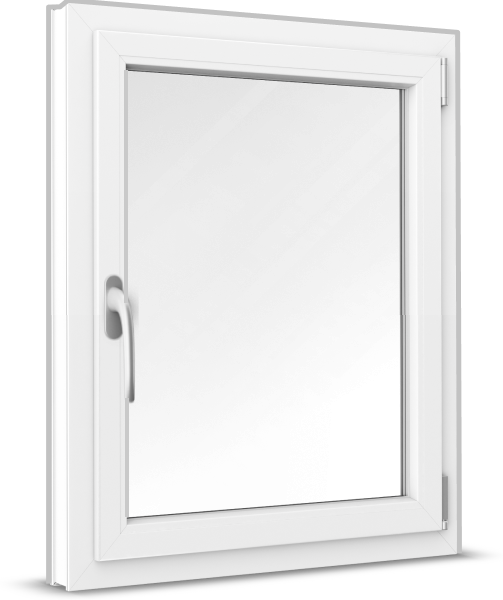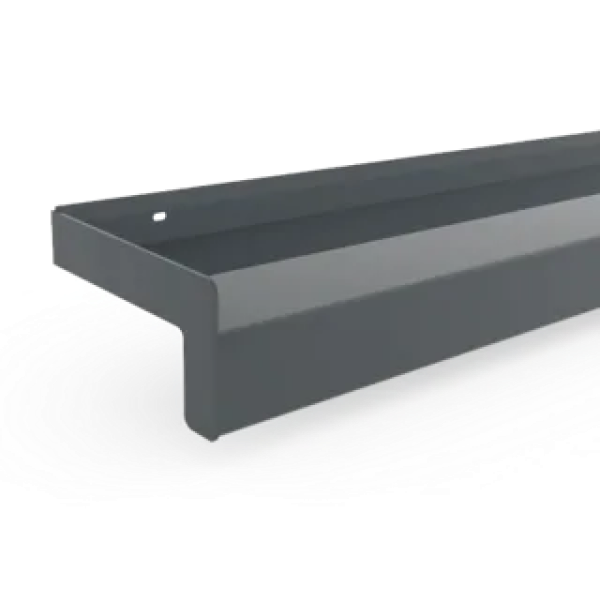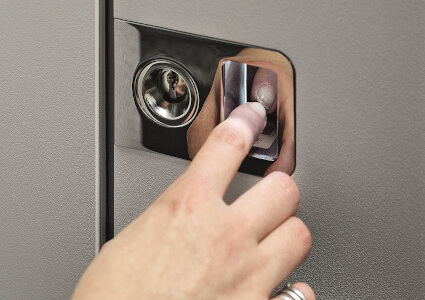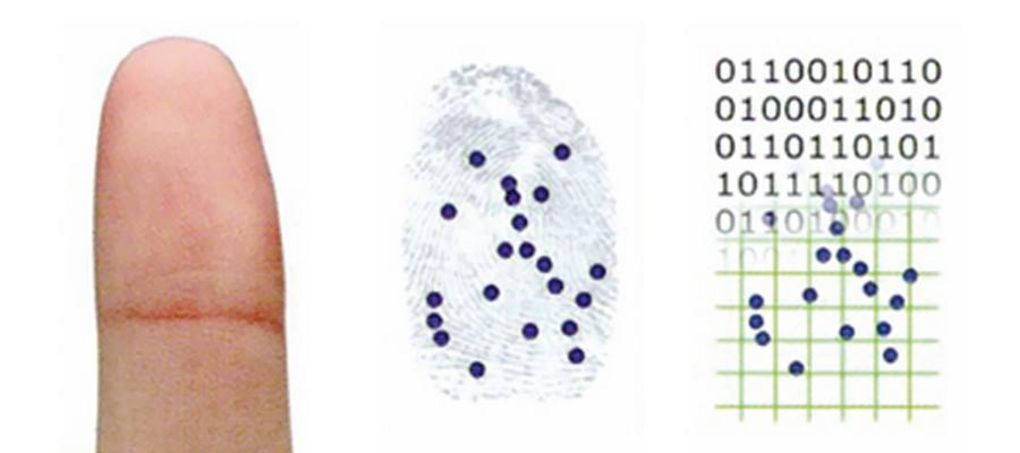-
Windows
 Windows
Windows
-
French Doors
 French Doors
French Doors
-
Patio Doors
 Patio Doors
Patio Doors
-
Front Doors
 Front Doors
Front Doors
-
Roller Shutters
 Roller Shutters
Roller Shutters
-
Window Sills
 Window Sills
Window Sills
Sign in
Contact us

When it comes to ensuring a high level of living comfort, the issue of safety is a central aspect. Because when intruders break into the house through the windows or doors, hardly anyone feels comfortable in their own home afterwards. It is all the more important to protect your windows and doors accordingly; a front door with a fingerprint system can be just the thing here. The door opens with a finger scan via a motor lock and only lets previously registered people into the house. This sort of access control solution not only increases security, a fingerprint entrance door is also very user-friendly.
Easy and practical keyless entry is very convenient and offers added security. However, not every system works the same way, but there is a suitable solution for everyone:
Not only is the opening system different, there are a variety of fingerprint-reading systems. For example, one model involves swiping your finger over the scanner. Here you need to perform a slow, even movement. With other systems, users have to place their finger on the scanner and hold it in one position without moving until the fingerprint scanner has done its job and opens the front door.
Modern technology also requires emergency measures: a front door with a fingerprint opening system provides the necessary security even in the event of a power failure. In the event of a power outage, the door lock will no longer open automatically, but the door remains locked. Access is now possible with a conventional key until the power supply has been restored and the fingerprint reader is up and running again.
Even in the event of a power failure, a fingerprint front door does not offer any weak points in terms of security.
If you can open your front door using your fingerprint, then you no longer need a key. Using your finger instead of a key saves time, as you don't have to spend a long time searching in your bag. A scanner is installed on the outside so that the front door can be conveniently operated by fingerprint.
Inside the front door there is a control module, also known as a controller, which compares the fingerprint with the registered fingerprints. If the controller detects a match on Fingerscan, the motorised lock automatically opens the front door.
If the front door closes, the motorised lock automatically locks the door with several bolts. You no longer need a key to lock your door.
A technically simple, but also rather insecure system is to control the door via a door opener contact. The door opener recognises if your fingerprint matches with the registered fingerprint.
The lock is released and can be opened. In the case of doors with a door opener contact, the door closes, but is not locked automatically. It must always be locked using a key.
In the case of doors with a wireless cylinder, a matching fingerprint activates the cylinder, but this must then be opened manually using a door knob. Front doors with cylinders should be equipped with a spring that automatically locks the door after it is closed.
It is important to make sure that the controller and fingerprint scanner are not installed in one unit on the outside of the door. A system like this can be easily can be tampered with, which is why the controller should always be mounted inside the front door.
A high-quality fingerprint entrance door also recognizes whether the finger is "real". The front door will not open if the fingerprint is on adhesive tape, made of silicone, or even if a severed finger is used.
Such comprehensive access control is made possible by high-frequency technology. Front doors with this technology solution have other advantages. Nevertheless, it is advisable for homeowners to save the fingerprints of all their fingers. In some cases, up to 99 different fingerprints can be registered in the system.

High-frequency technology offers optimum protection, safety and ease of use
Although it is fundamentally possible to upgrade an existing front door to a front door with fingerprint recognition and a motorised lock, this is very expensive.
To do this, the cylinder has to be replaced and a control unit installed inside the door, cabling must also be installed. However, there are also easier ways to retrofit entrance doors.
It is possible to remove the old locking cylinder and replace it with a battery-powered wireless cylinder. A device such as this has the advantage that no external power is required, i.e. no cables have to be laid. Another option is to mount a finger scanner with a built-in controller on the outside, which controls an electric door opener. However, this design is rather insecure. If you want to upgrade, you should carefully weigh up the pros and cons:
| Type of upgrade | Advantages | Disadvantages |
|---|---|---|
| Finger scanner with built-in controller | The cheapest option; can be converted without much effort, suitable for use on all types of door. | Most insecure option; the battery needs to be changed, locking is not automatic. |
| Wireless cylinder | Very economical; can be converted without much effort, suitable for use on all types of door. | Not very secure, the battery needs to be changed, the door does not lock automatically. |
| Motorised lock | Very secure, and the door locks automatically after closing. | The conversion is very expensive and complex. Not every door can be converted in this way, since the control unit requires a lot of space inside the door. |
It is possible to install a basic upgrade on your door to include a fingerprint system. If you want a high-quality front door with a fingerprint system and a motorised lock, buying a completely new door may be the best solution.